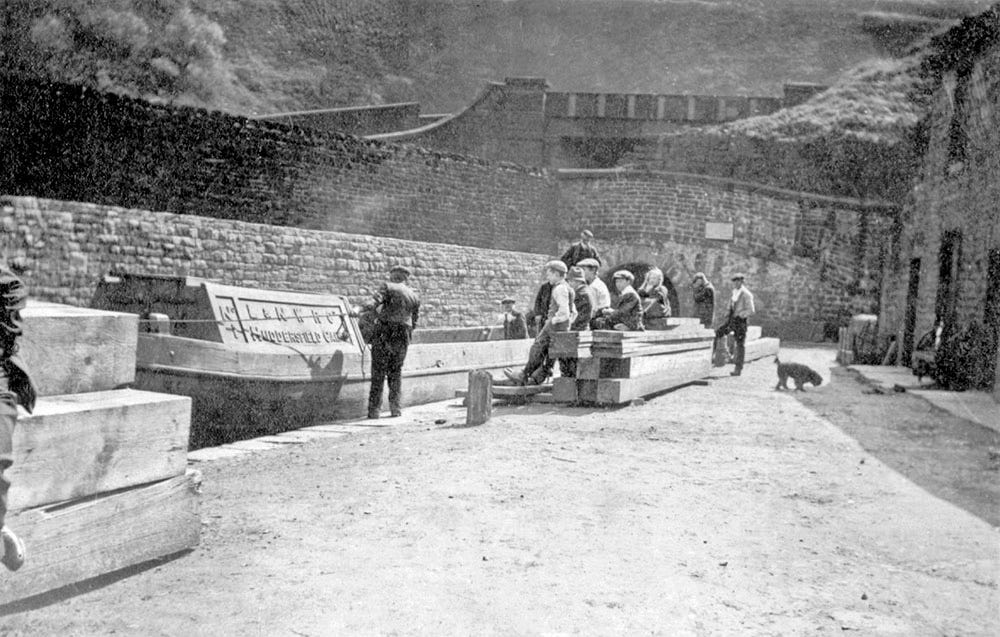Waterway Wonder - Standedge Tunnel
This Huddersfield Narrow Canal structure was one of the original seven Wonders of the Waterways as selected by IWA founder Robert Aickman in 1955. We take a look at why it’s still as impressive today
Deep beneath the Pennines is Britain’s longest canal tunnel: Standedge. Located on the Huddersfield Narrow Canal near Marsden, the 3½-mile-long bore also lays claim to being the country’s deepest (636ft below the moors) and highest (645ft above sea level) such structure. These are impressive statistics, especially for a tunnel that’s more than 200 years old.
History
Standedge Tunnel provides a direct link between Manchester in the west and Huddersfield in the east on the HNC. Before it was operational, cargoes on the canal were transhipped for onward transport at Wool Road, at the bottom of the Diggle Flight: there was no need for locks until the tunnel was ready.
It took 17 years to build – far longer than expected – and construction claimed the lives of over 50 workers. The tunnel was the last part of the Huddersfield Narrow Canal to open, finally admitting its first boats in 1811 – 16 years after work had started. After the canal’s original engineer, Benjamin Outram, was dismissed, Thomas Telford was called in to rescue the situation. Once open, business was initially brisk with around 40 boats passing through each day.
The three railway tunnels followed during the 19th century, and the canal tunnel became black with soot as a result. Even today you’ll be very aware of the frequent passing trains, the noise rumbling through the hillside and down the interconnecting adits.
Keep reading with a 7-day free trial
Subscribe to Canal and River Life to keep reading this post and get 7 days of free access to the full post archives.






